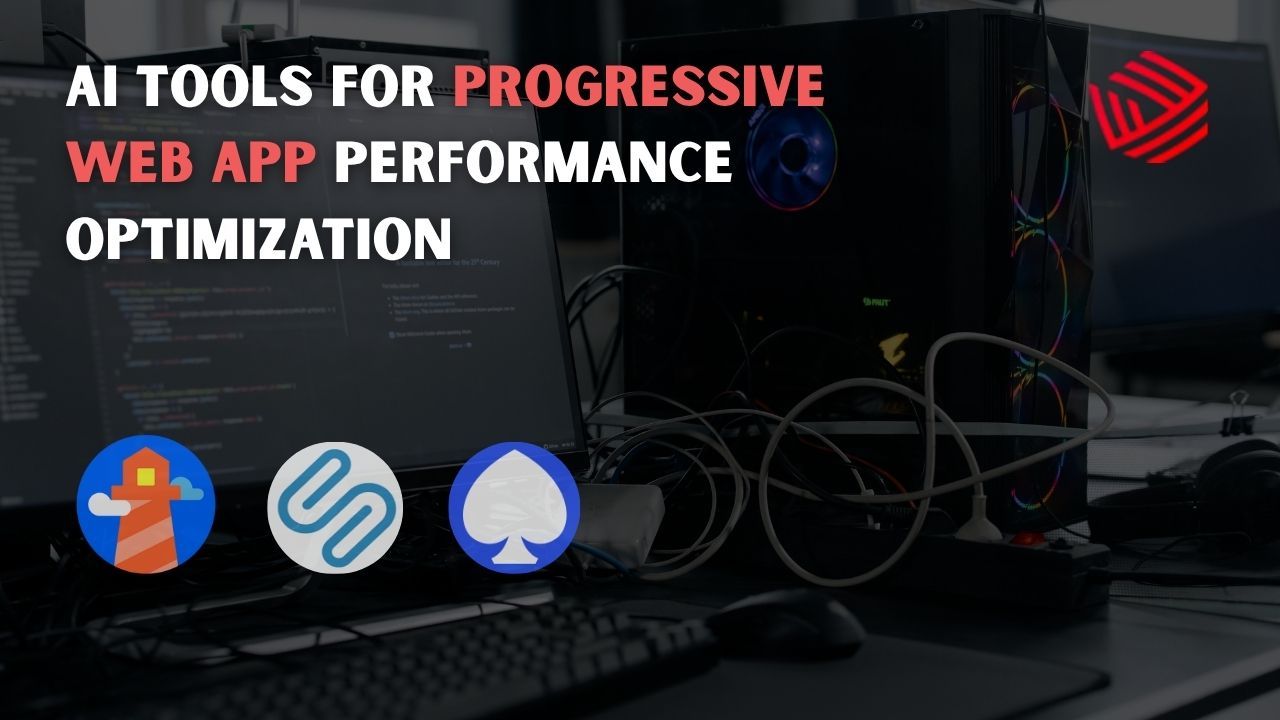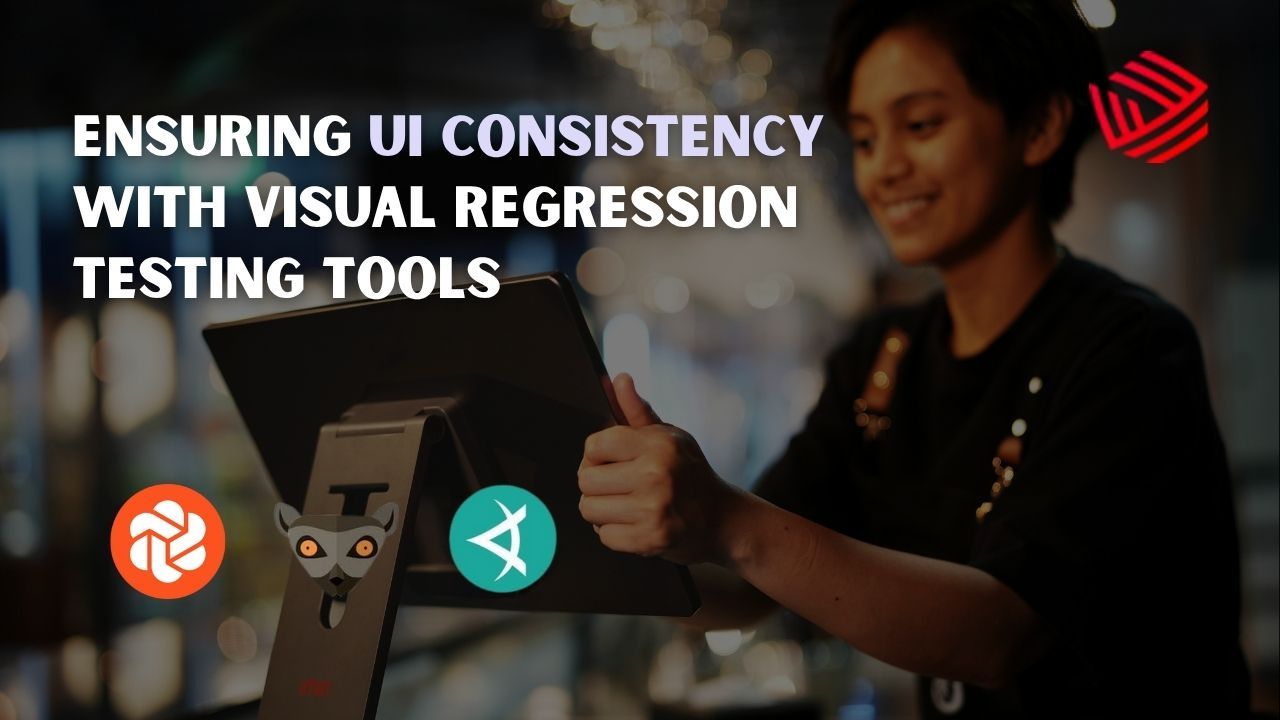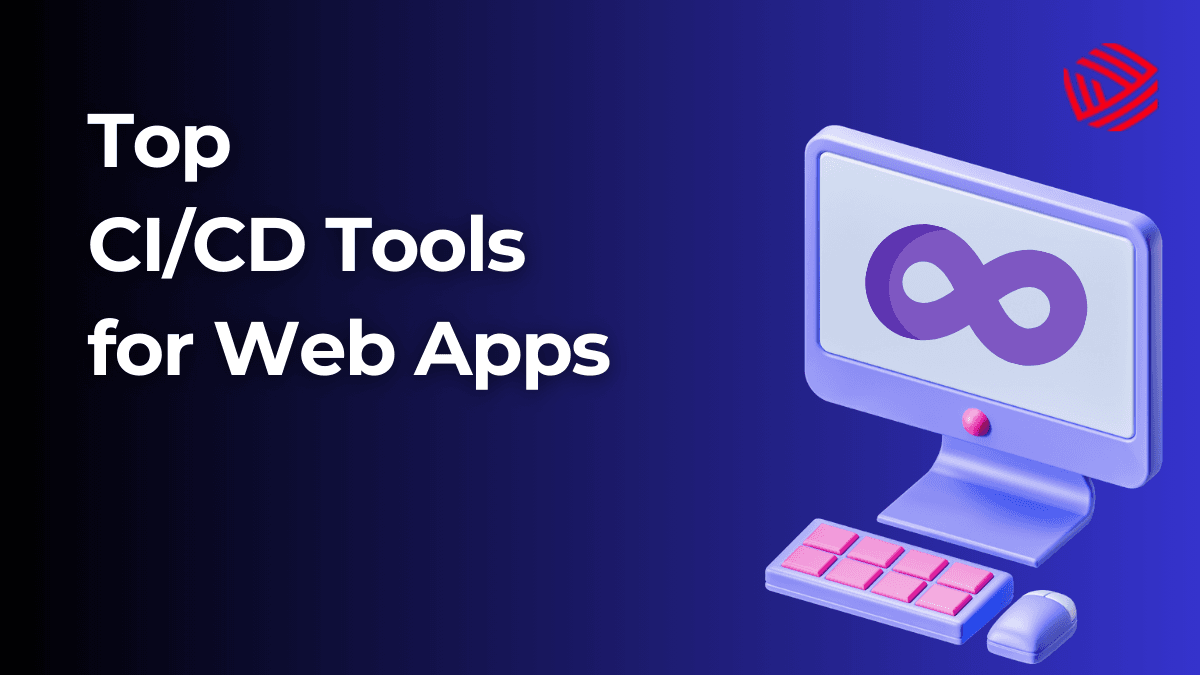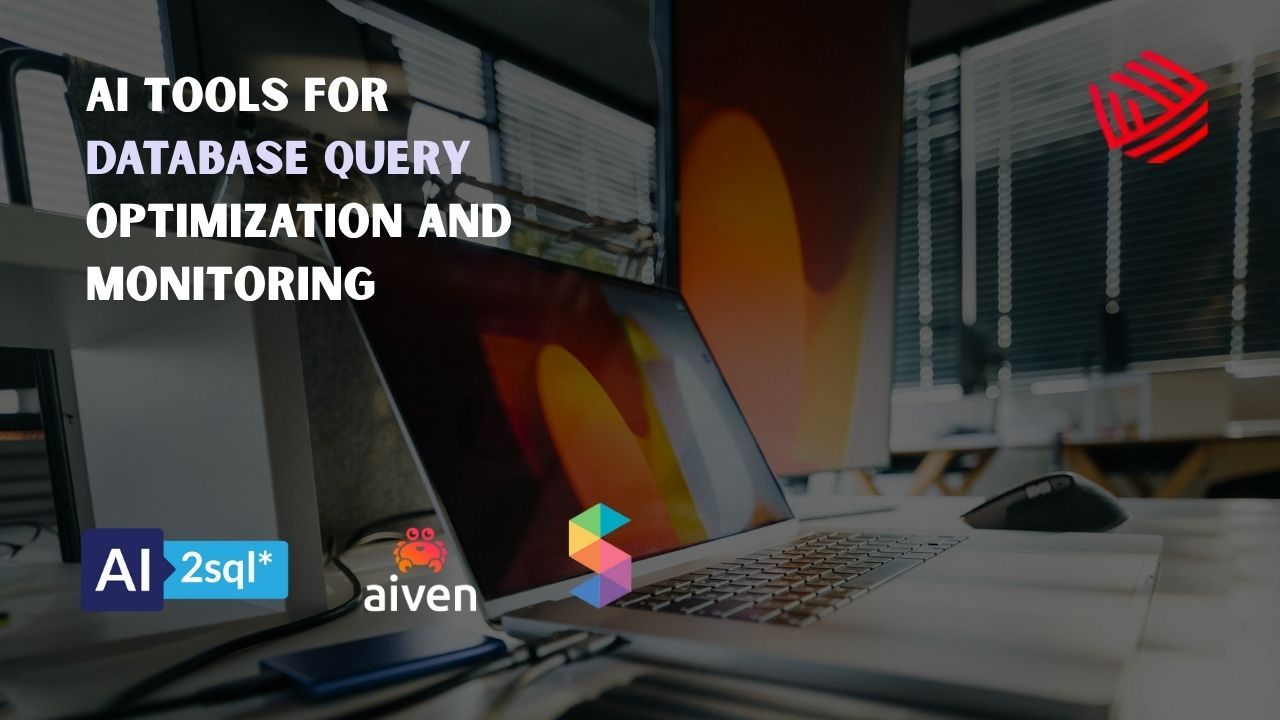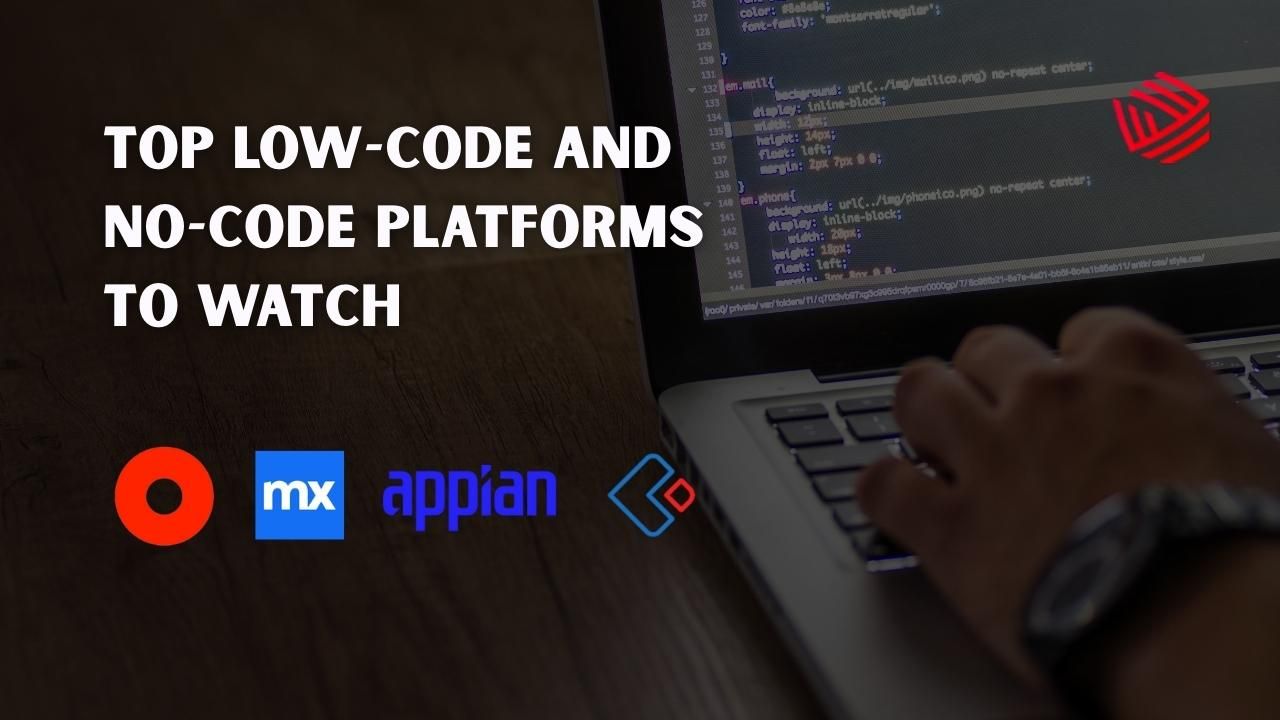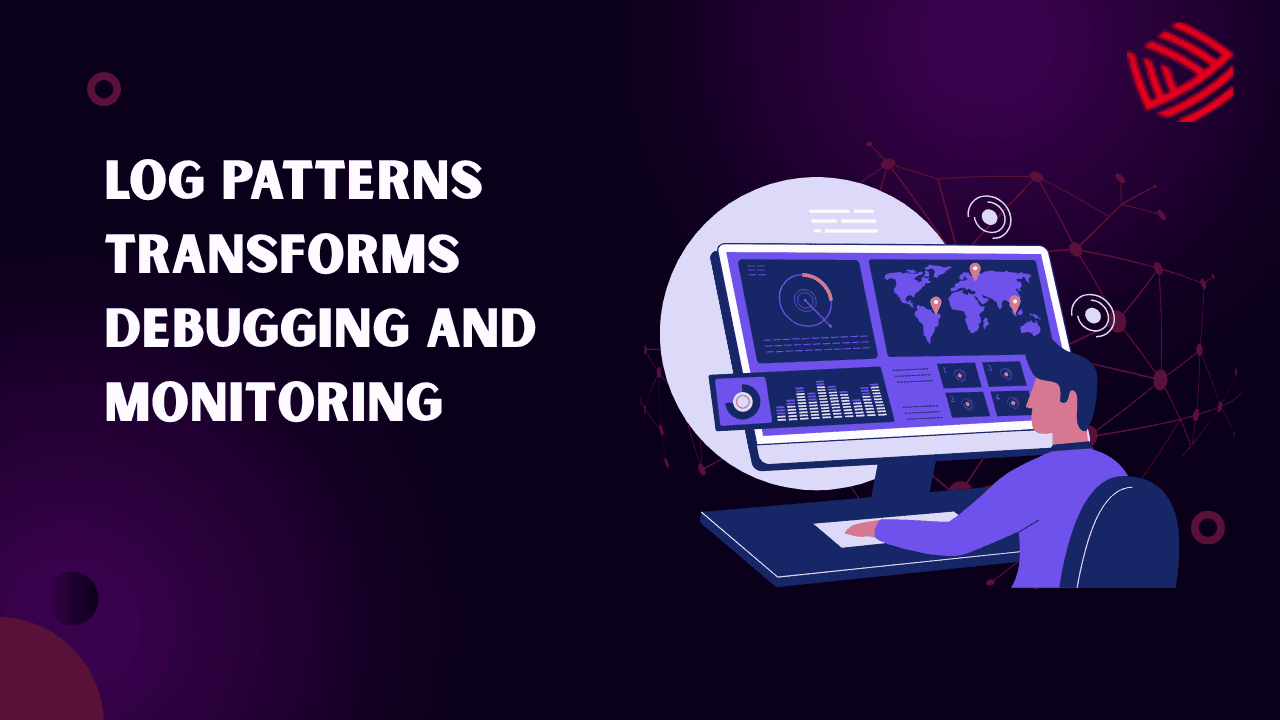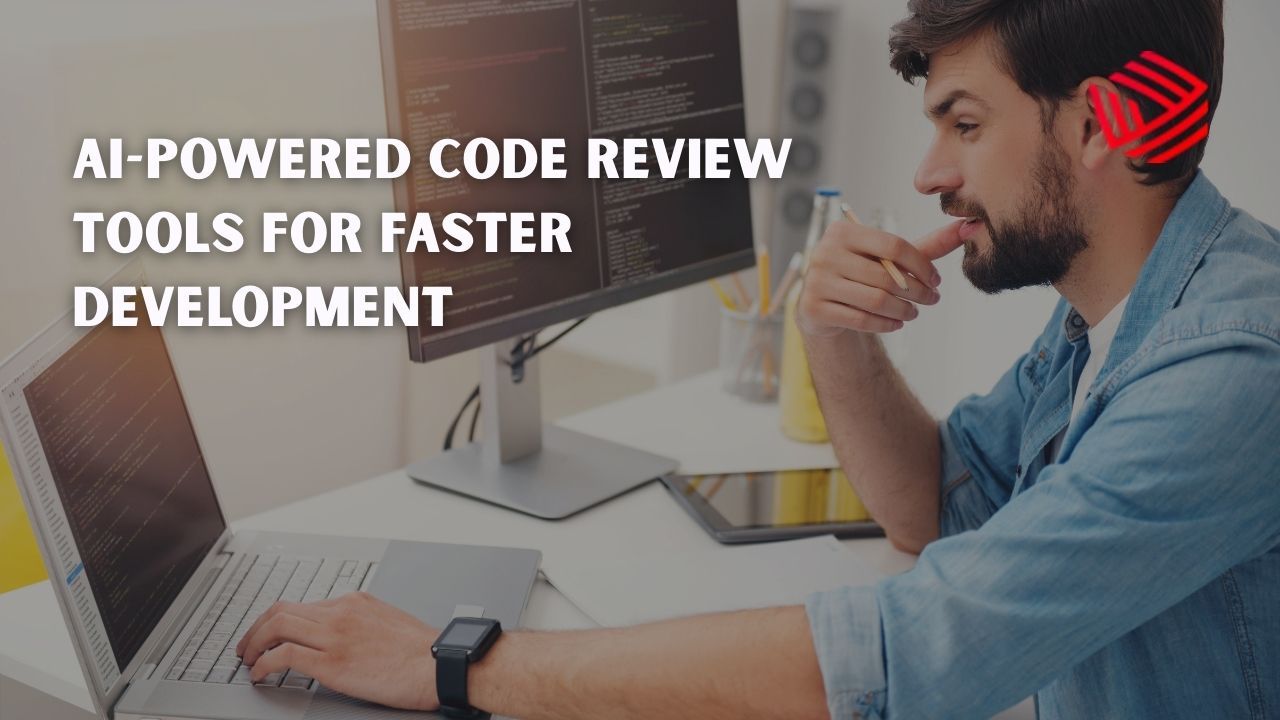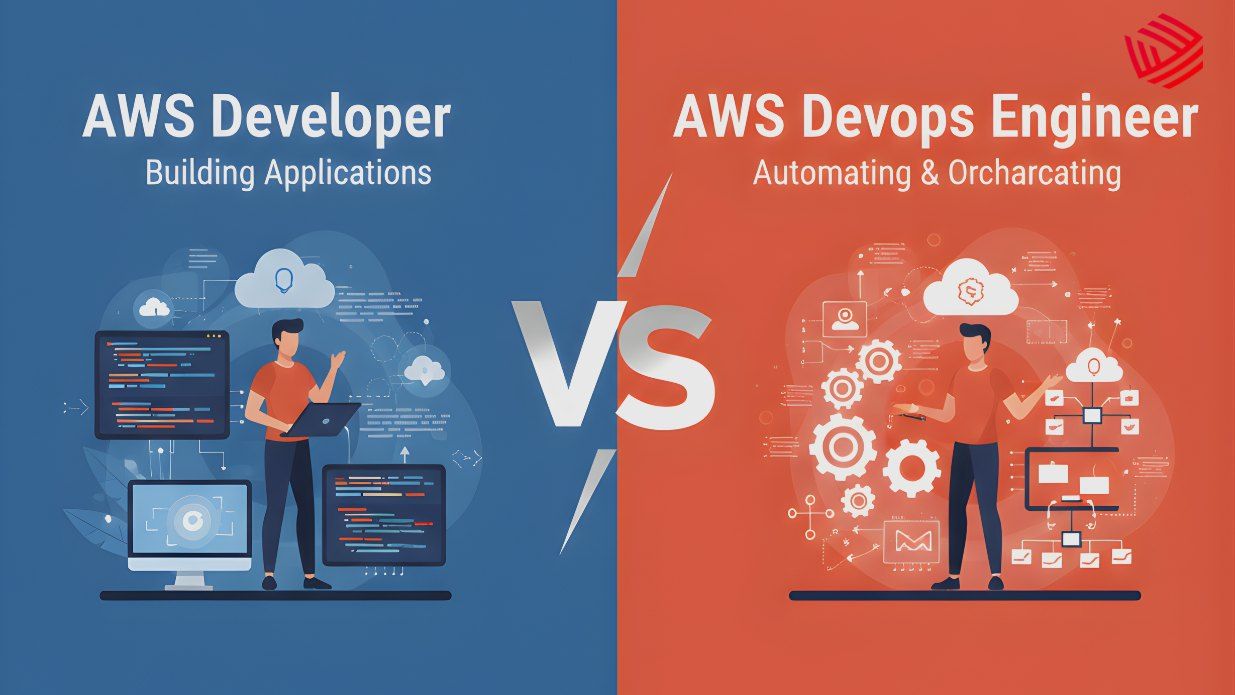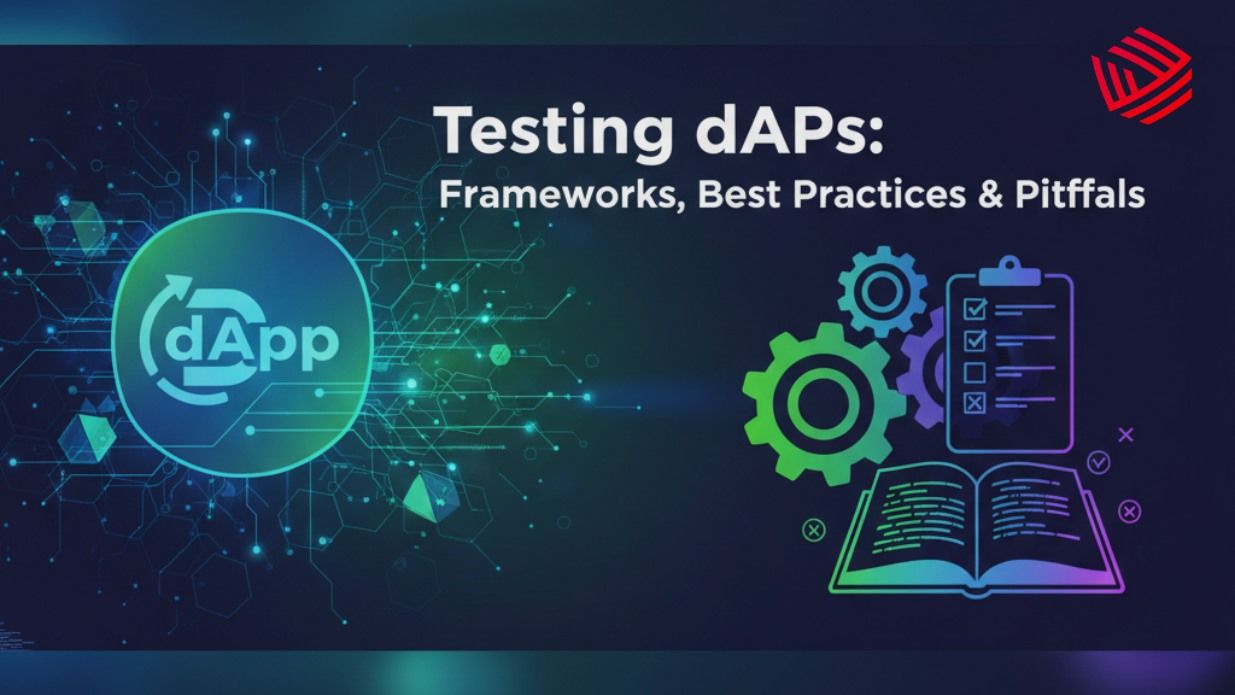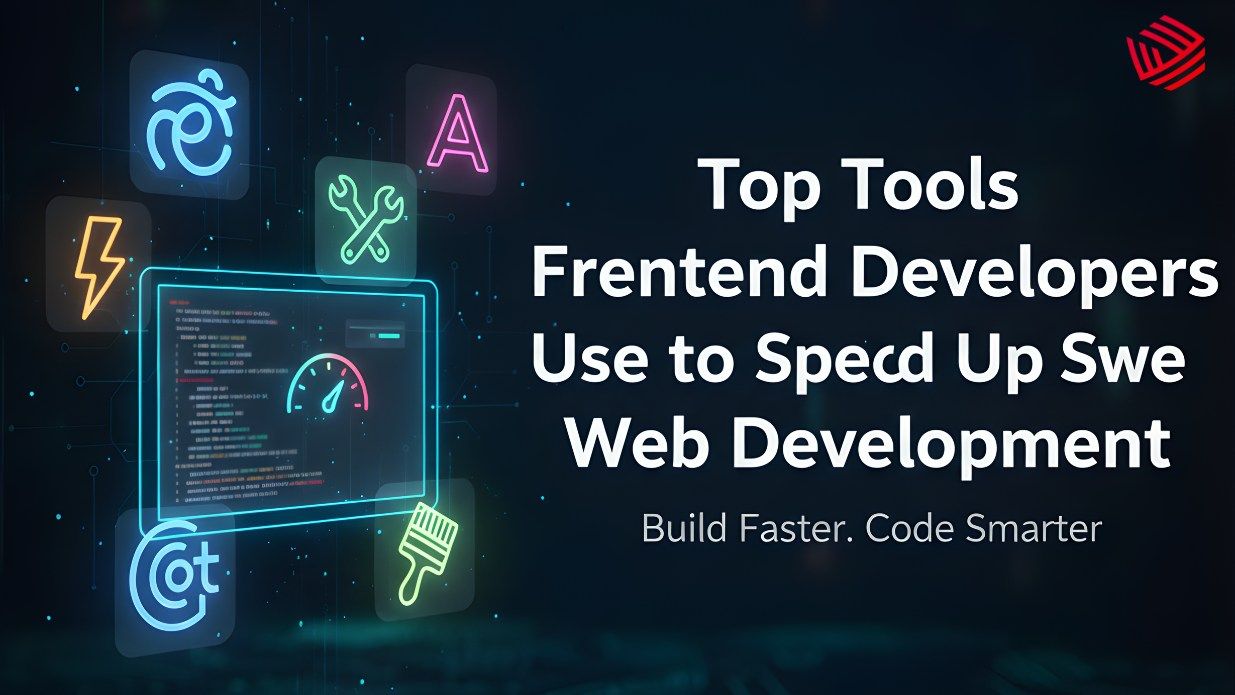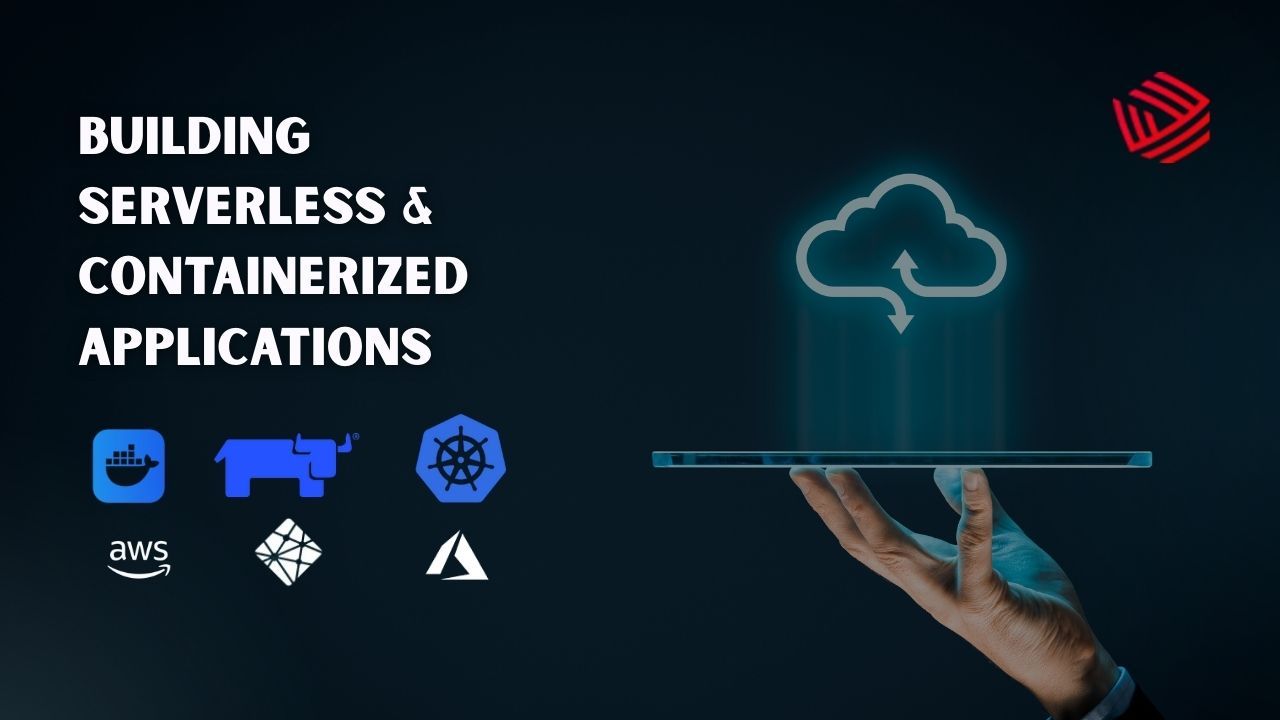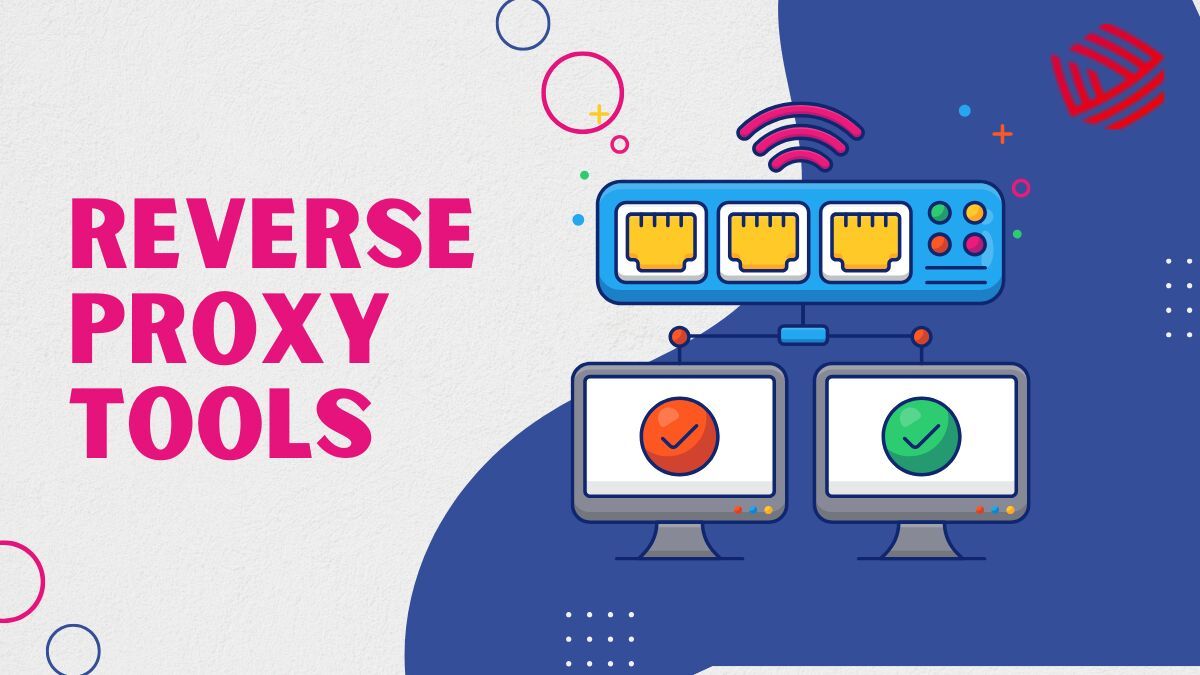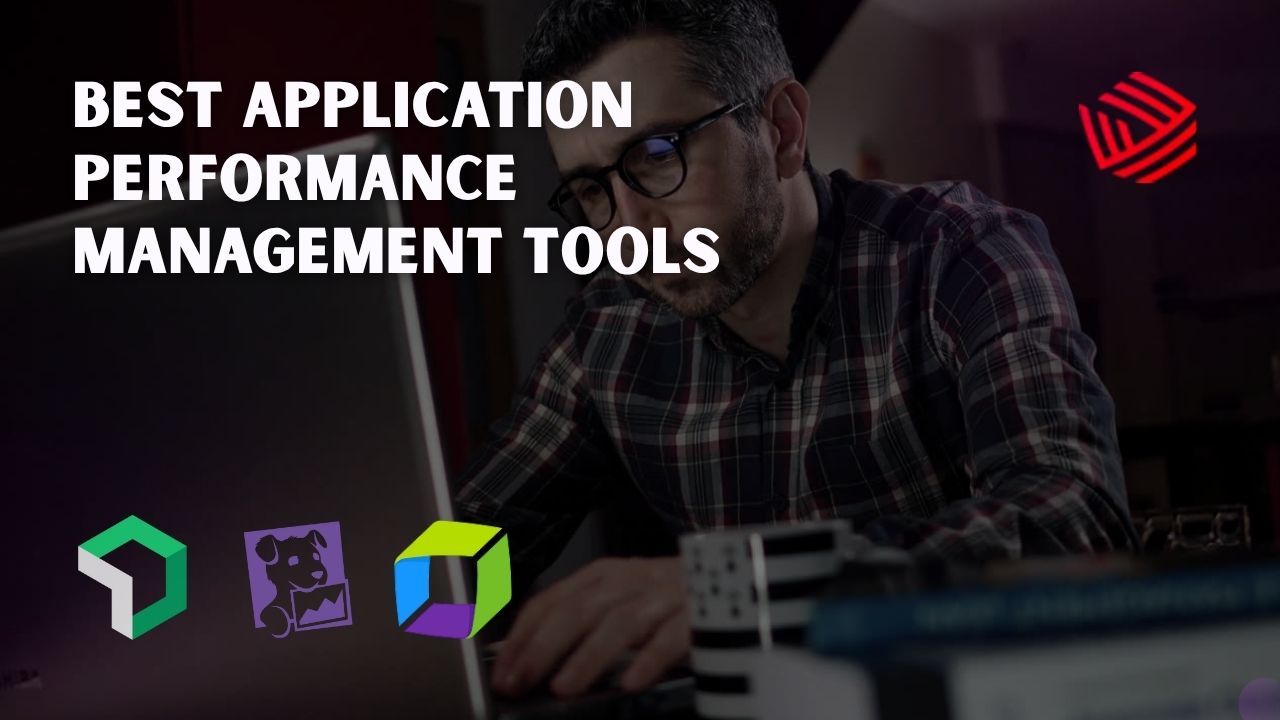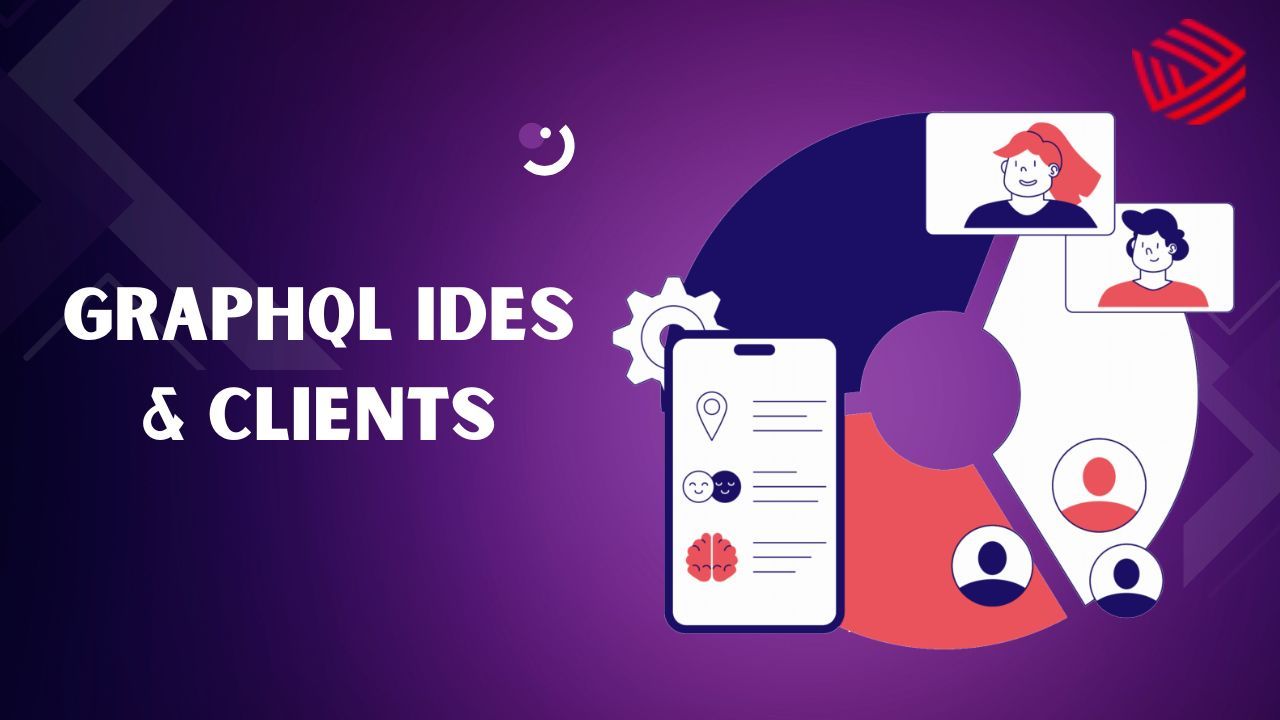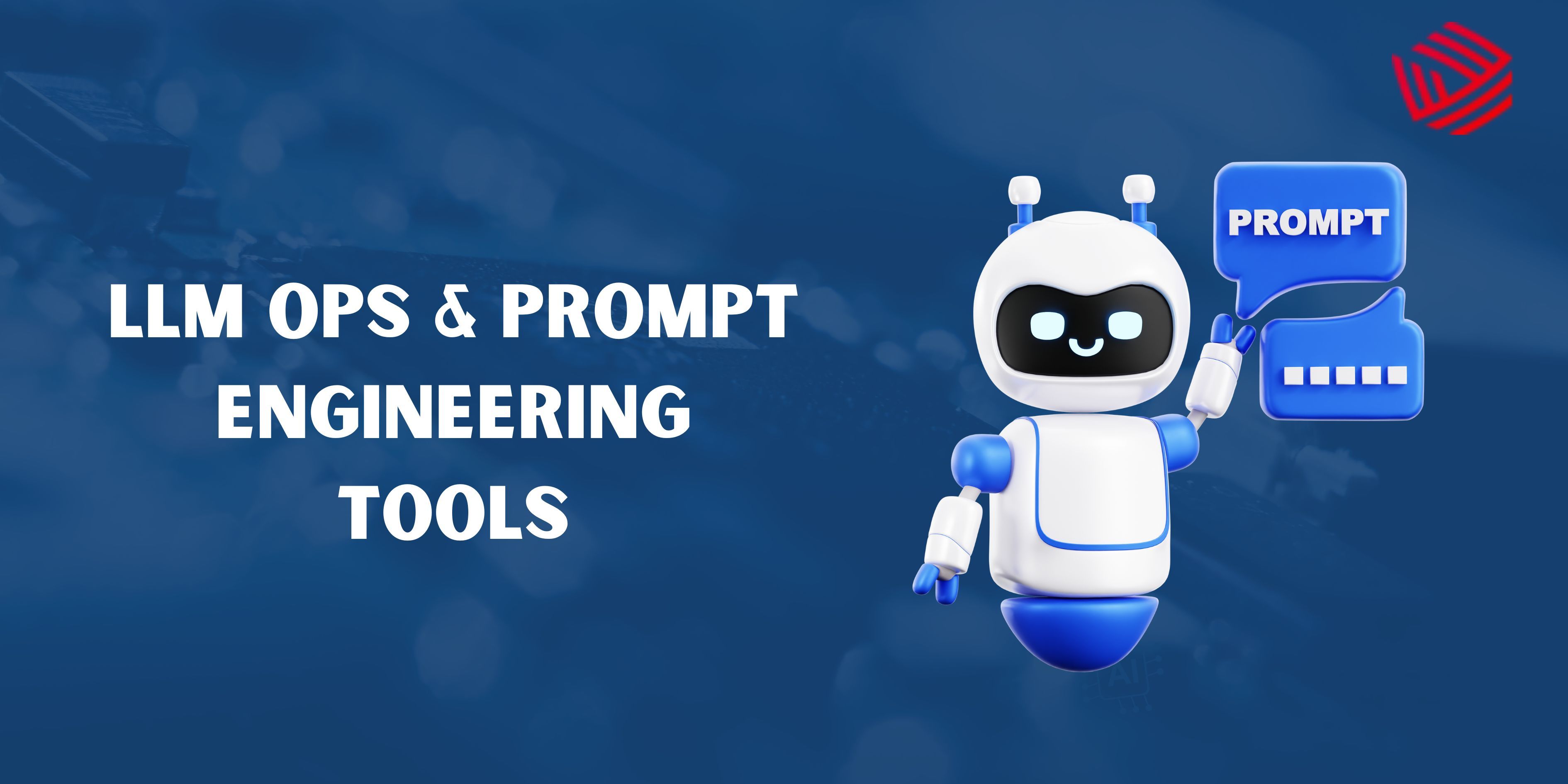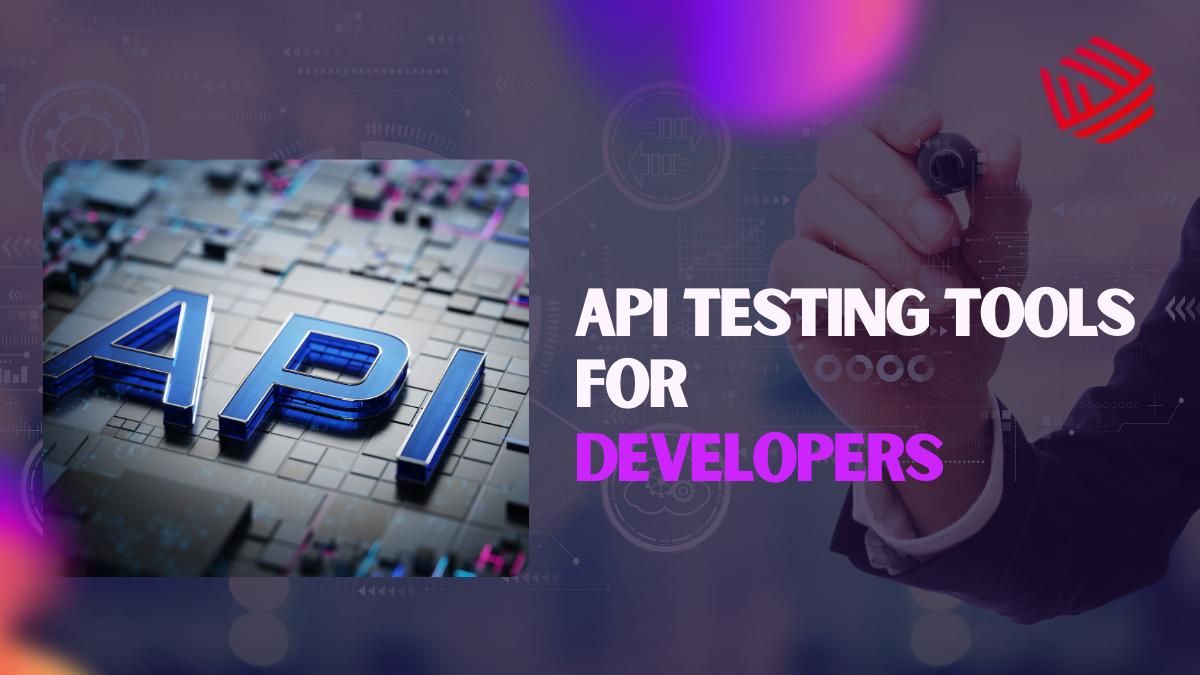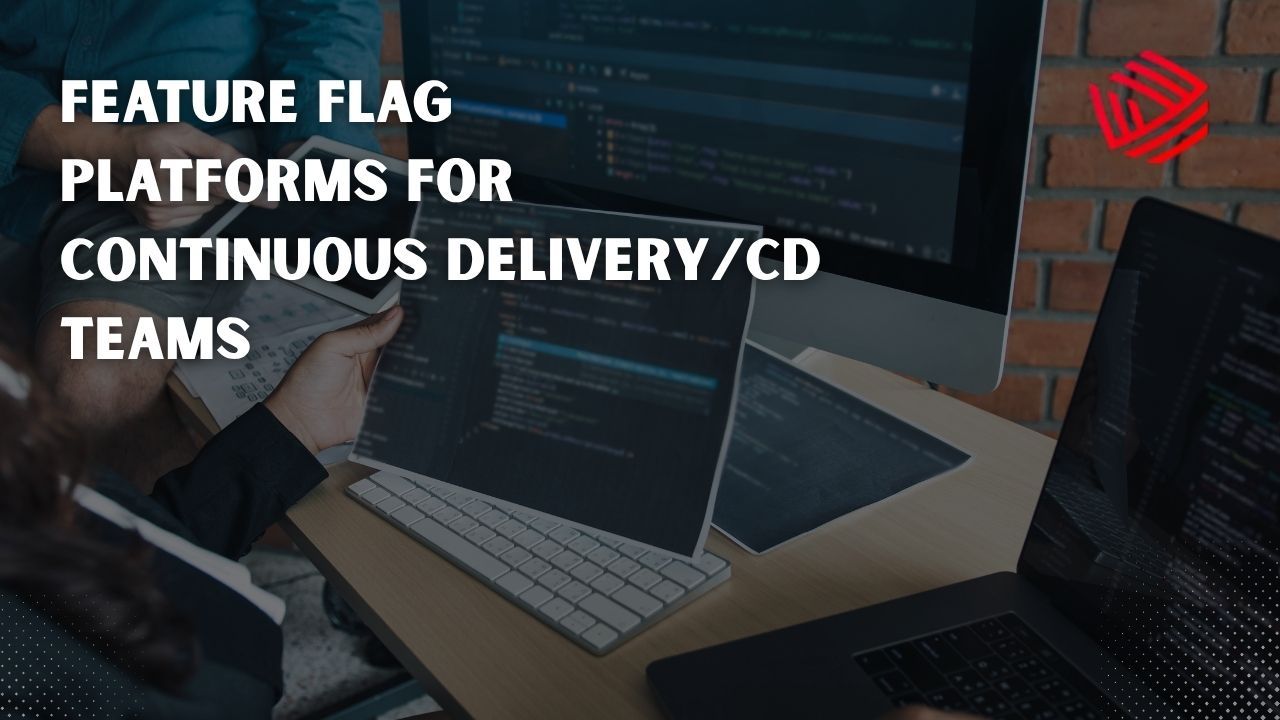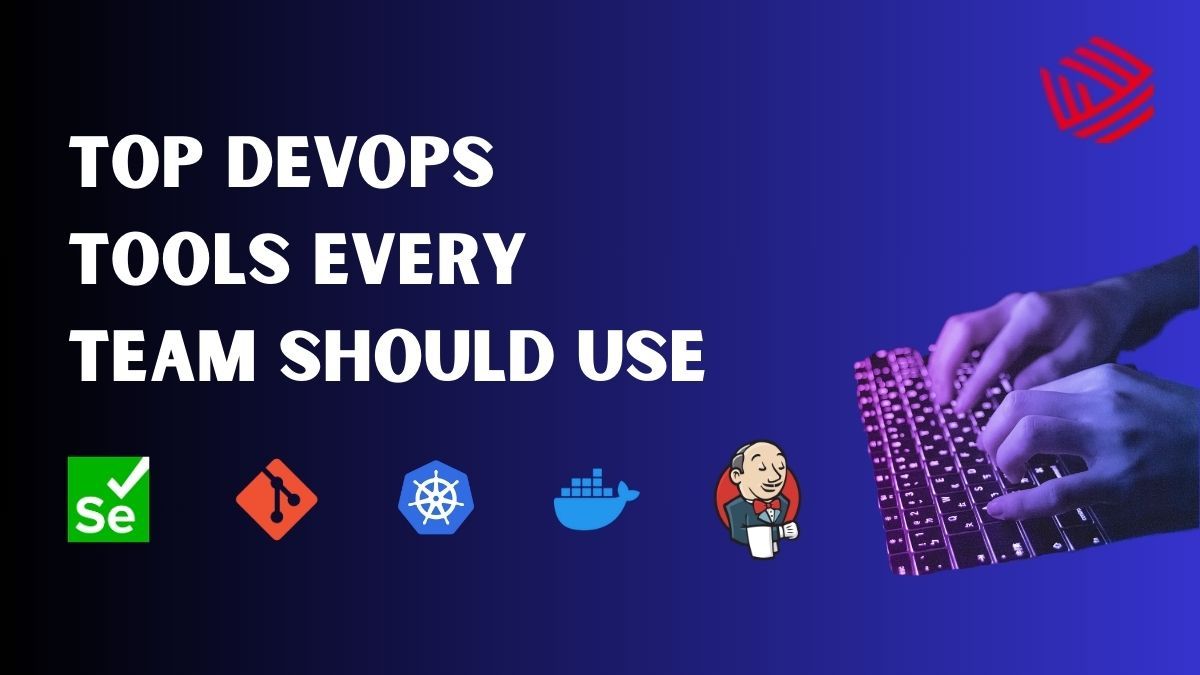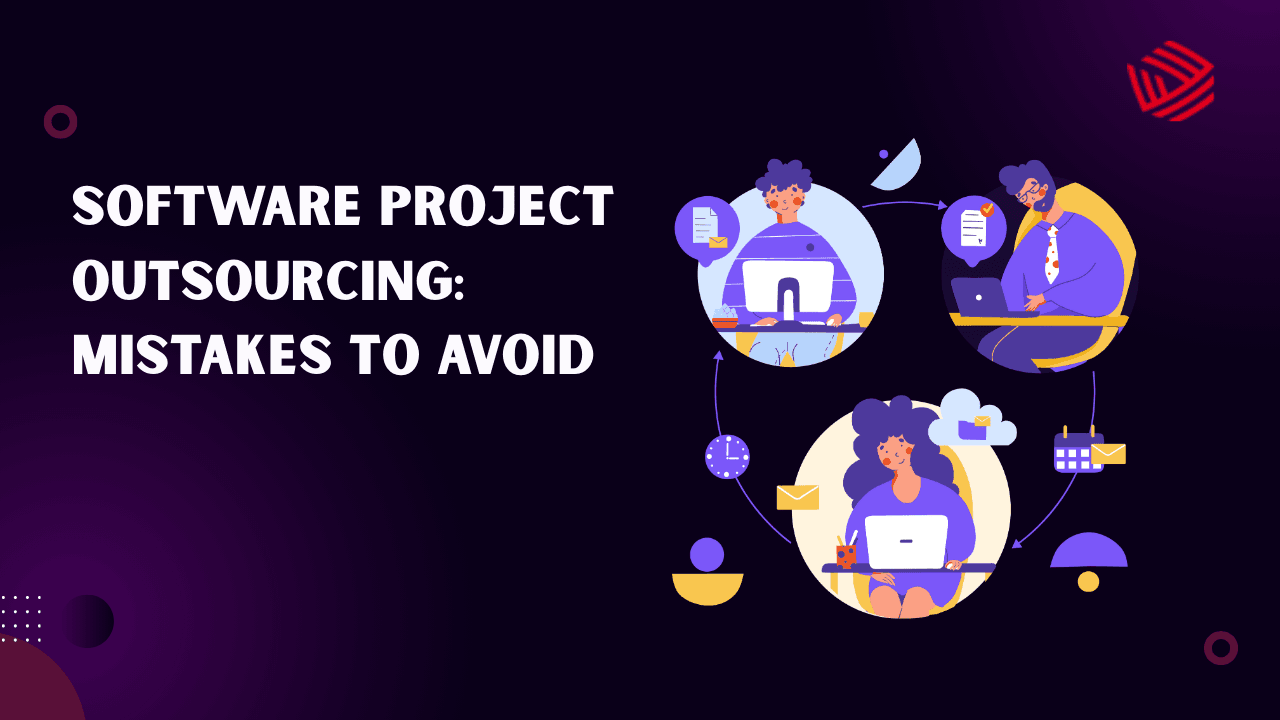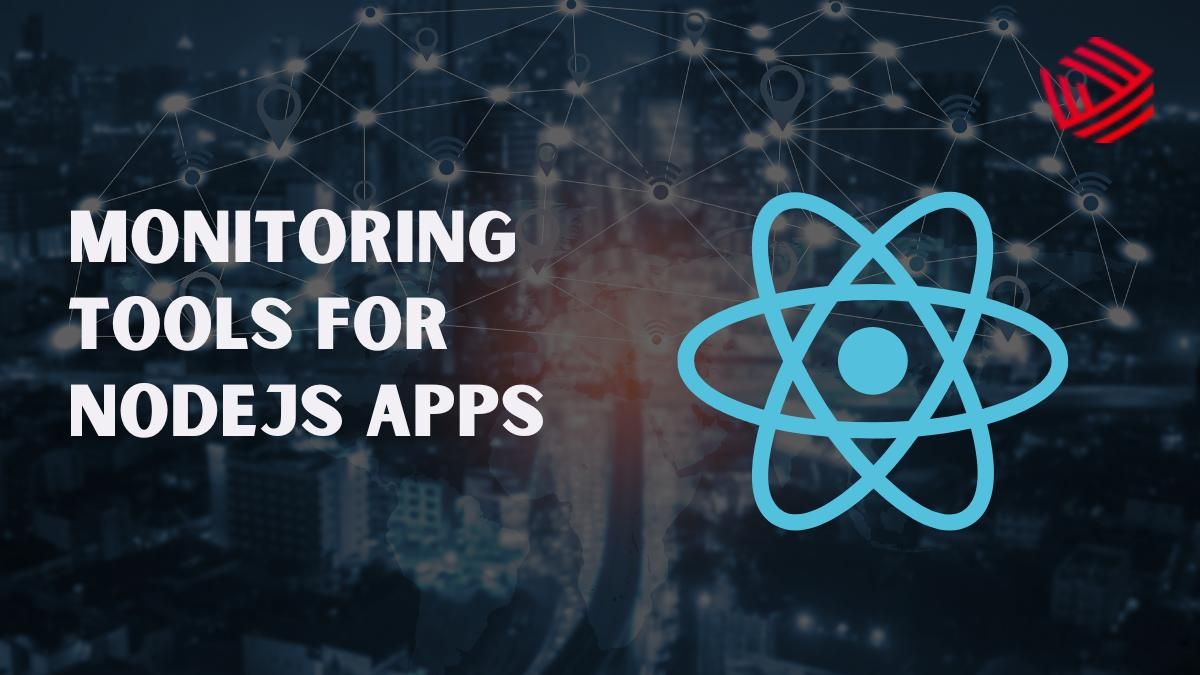Progressive Web Apps (PWAs) have become a cornerstone of modern web development, providing app-like experiences while running on browsers. Ensuring fast load times, smooth interactions, and reliable offline behavior is critical to user engagement and retention. Traditional performance optimization can be time-consuming, involving manual monitoring, profiling, and iterative improvements. AI-powered tools are now helping developers automate these processes, offering actionable insights and predictive analytics to maintain optimal performance at scale.
In addition to speed and reliability, PWAs must also deliver consistent performance across different devices, network conditions, and geographies. AI tools now provide predictive performance modeling, simulate real-world usage, and highlight potential issues before users encounter them. This allows teams to make data-driven decisions about caching strategies, lazy loading, and resource prioritization, ensuring PWAs are robust and performant under varying conditions.
1. Lighthouse (Browser Extension)
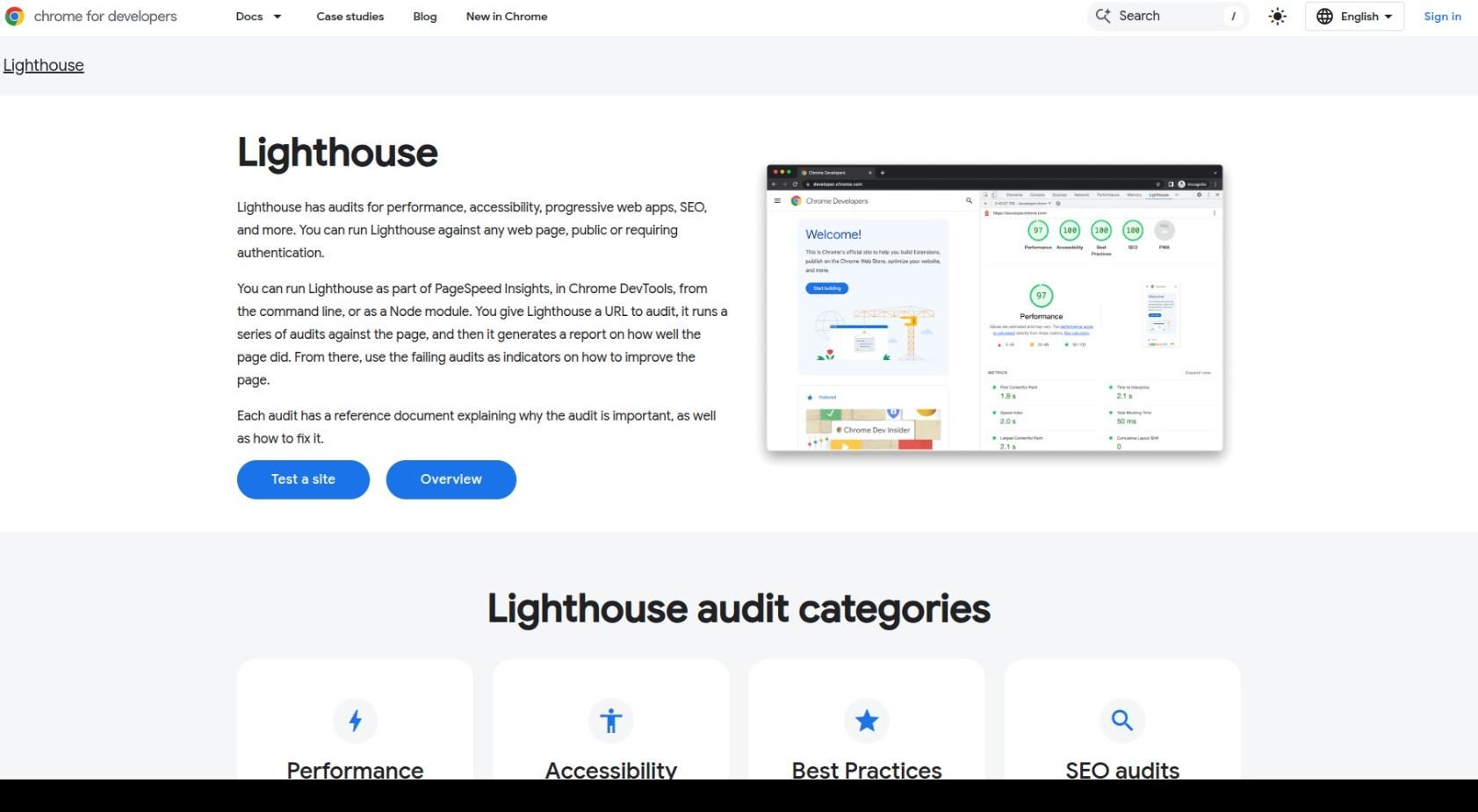
Lighthouse, integrated with AI enhancements, automatically audits PWAs for performance, accessibility, and SEO. The AI layer provides predictive insights and actionable recommendations to improve load times, reduce render-blocking resources, and optimize caching strategies. Developers can prioritize fixes based on impact, ensuring faster, more reliable web apps. Beyond its standard audits, Lighthouse AI now provides predictive performance scoring for upcoming releases. By simulating user interactions and evaluating different device types, it helps developers anticipate potential slowdowns and prioritize optimizations. Its integration with CI/CD pipelines ensures that PWA performance remains consistent across updates and deployments.
| Pros | Cons |
|---|---|
| Automated PWA performance audits | Can be complex for beginners |
| AI-driven optimization recommendations | Limited offline predictive capabilities |
| Real-time suggestions for resource management | |
| Improves caching, load times, and responsiveness |
2. SpeedCurve
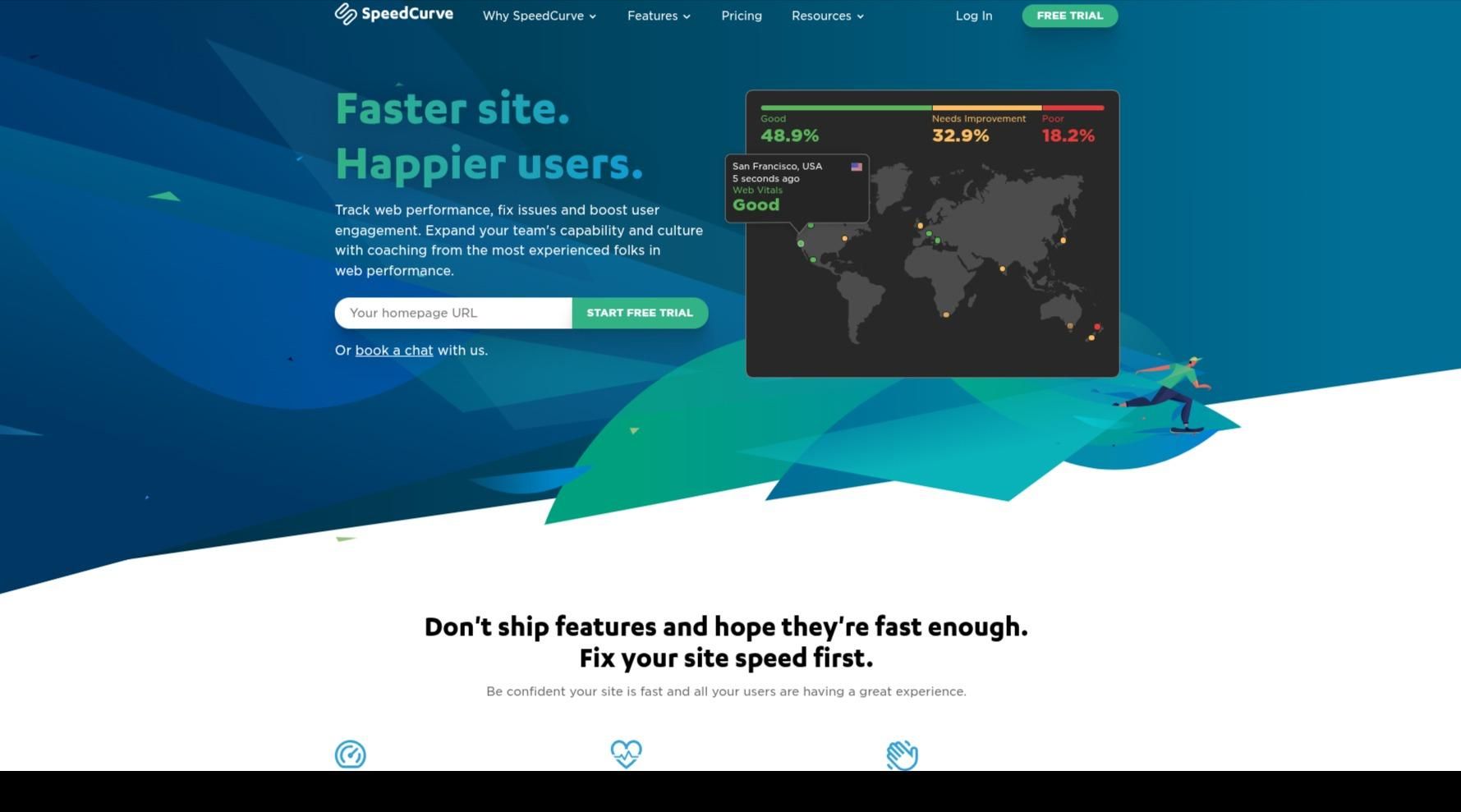
SpeedCurve leverages AI and real-user monitoring (RUM) to identify performance bottlenecks in PWAs. It provides dashboards showing critical metrics like First Contentful Paint, Time to Interactive, and Largest Contentful Paint. With predictive alerts, teams can proactively fix regressions before they impact users. SpeedCurve’s AI also analyzes trends over time, helping teams understand how performance changes affect user behavior and engagement. By combining real-user metrics with synthetic tests, it provides context-aware recommendations, enabling developers to make informed decisions about resource allocation, lazy loading, and third-party script optimizations.
| Pros | Cons |
|---|---|
| Real-time monitoring with AI insights | Premium pricing for advanced features |
| Predictive performance alerts | Requires setup for accurate RUM |
| Visual dashboards for key PWA metrics | |
| Actionable recommendations to reduce load time |
3. Calibre AI
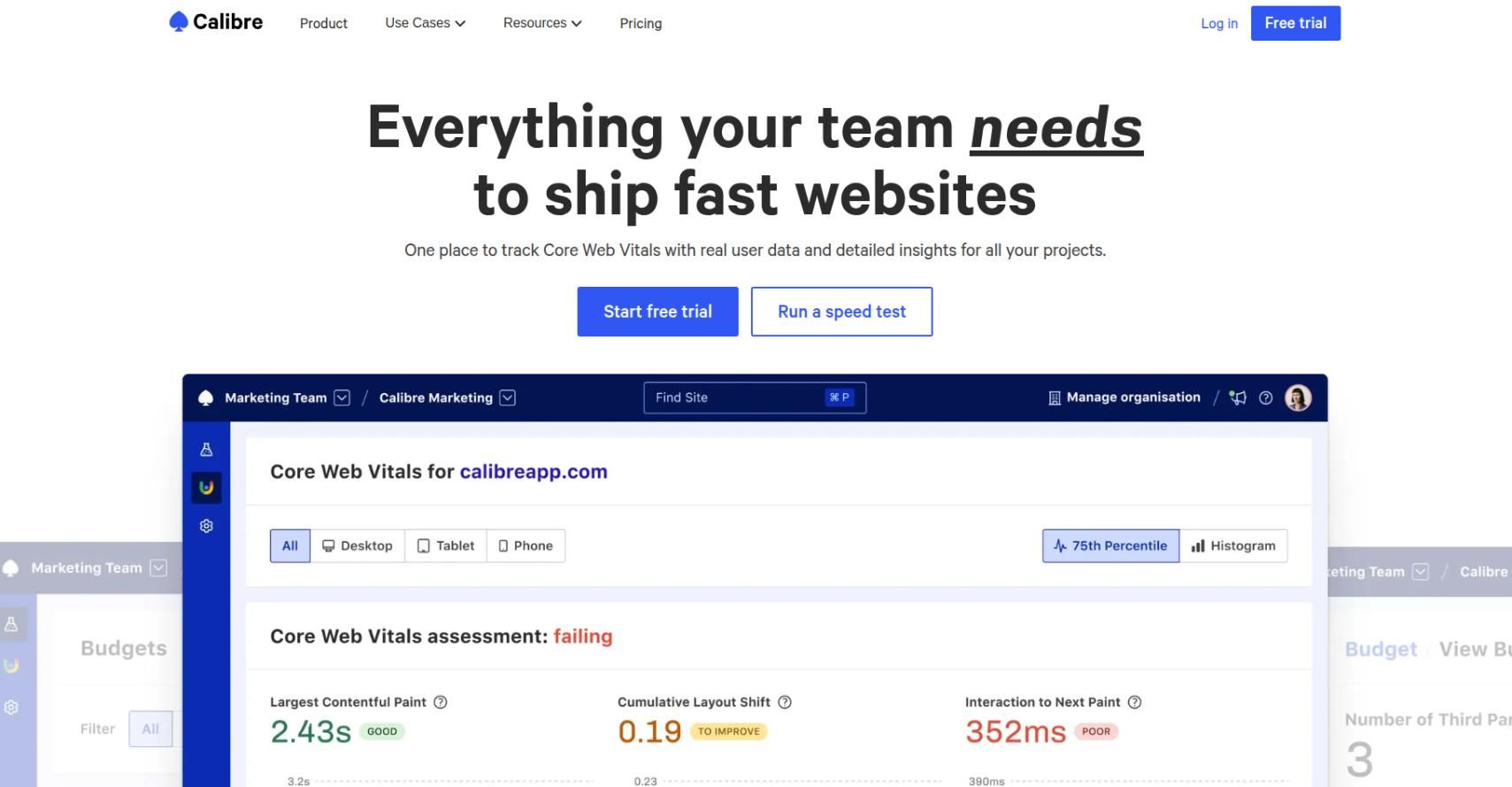
Calibre AI is designed to continuously track PWA performance across multiple devices and regions. Its AI engine identifies trends, simulates user interactions, and recommends optimizations to improve speed and reliability. Developers benefit from automated reports and performance scoring for different environments. Calibre AI additionally supports automated regression testing for PWA performance, alerting teams to unexpected degradations after code changes. Its AI engine can benchmark performance against industry standards, ensuring applications meet user expectations. Continuous tracking of network and device conditions helps developers fine-tune their PWAs for global audiences.
| Pros | Cons |
|---|---|
| Continuous multi-device monitoring | Learning curve for first-time users |
| AI-based trend analysis | |
| Automated performance scoring | |
| Actionable insights for PWA optimization |
4. WebPageTest AI
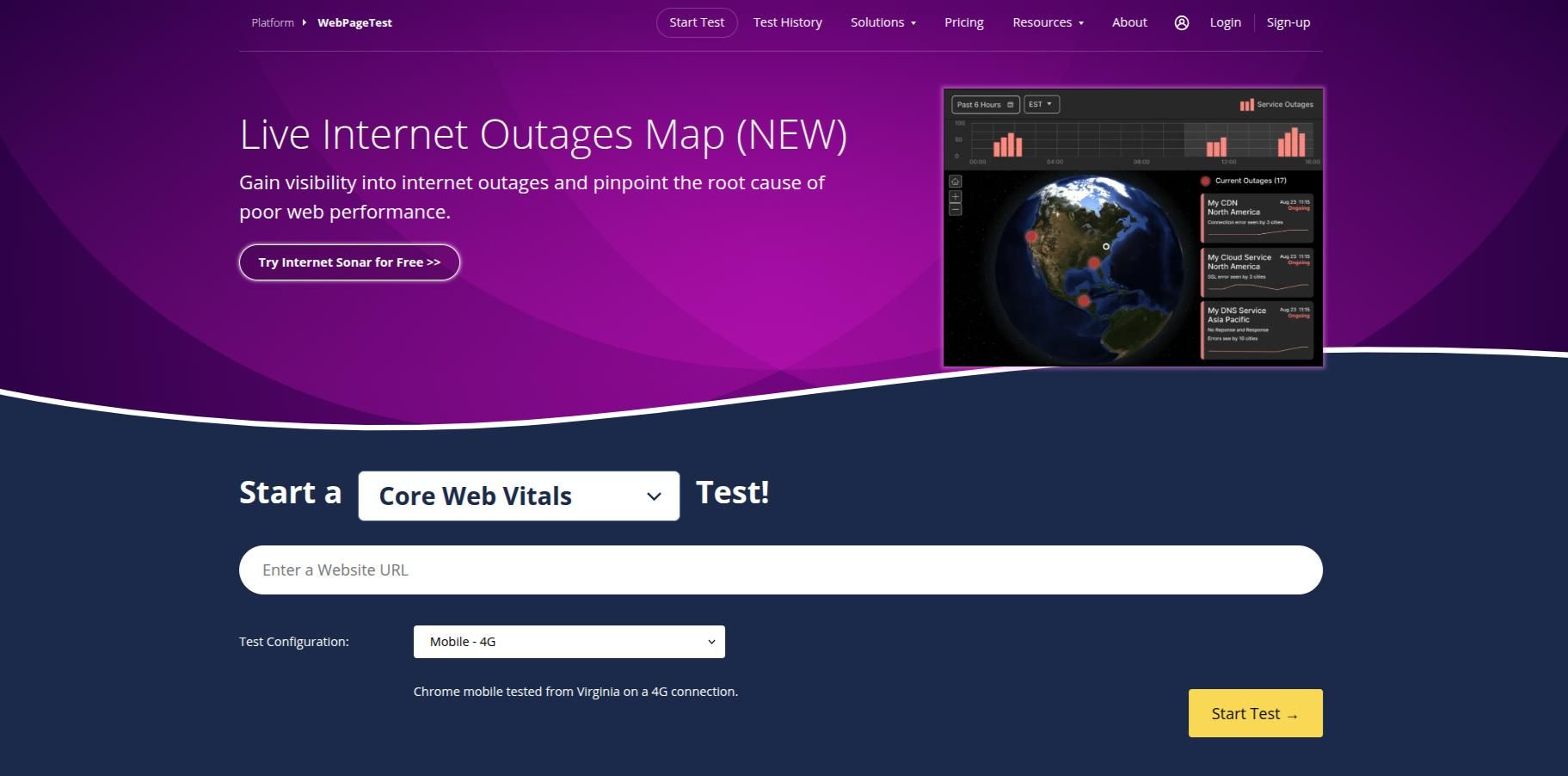
WebPageTest has incorporated AI modules to enhance performance audits for PWAs. It predicts potential slowdowns under different network conditions and device types. Developers can use its recommendations to fine-tune caching strategies, image optimization, and service worker behavior. WebPageTest AI also identifies long-term performance trends, allowing teams to detect patterns that may not be apparent in single tests. Its predictive modeling evaluates the impact of potential changes before deployment, helping prioritize fixes that deliver the greatest improvements in user experience. It also supports integration with monitoring dashboards for ongoing observability.
| Pros | Cons |
|---|---|
| AI-driven predictive performance analysis | Can be technical for novice developers |
| Multi-device and network simulation | Requires manual interpretation of some reports |
| Optimizes caching and service workers | |
| Helps reduce load and interactive times |
5. Dynatrace Digital Experience Monitoring (DEM)
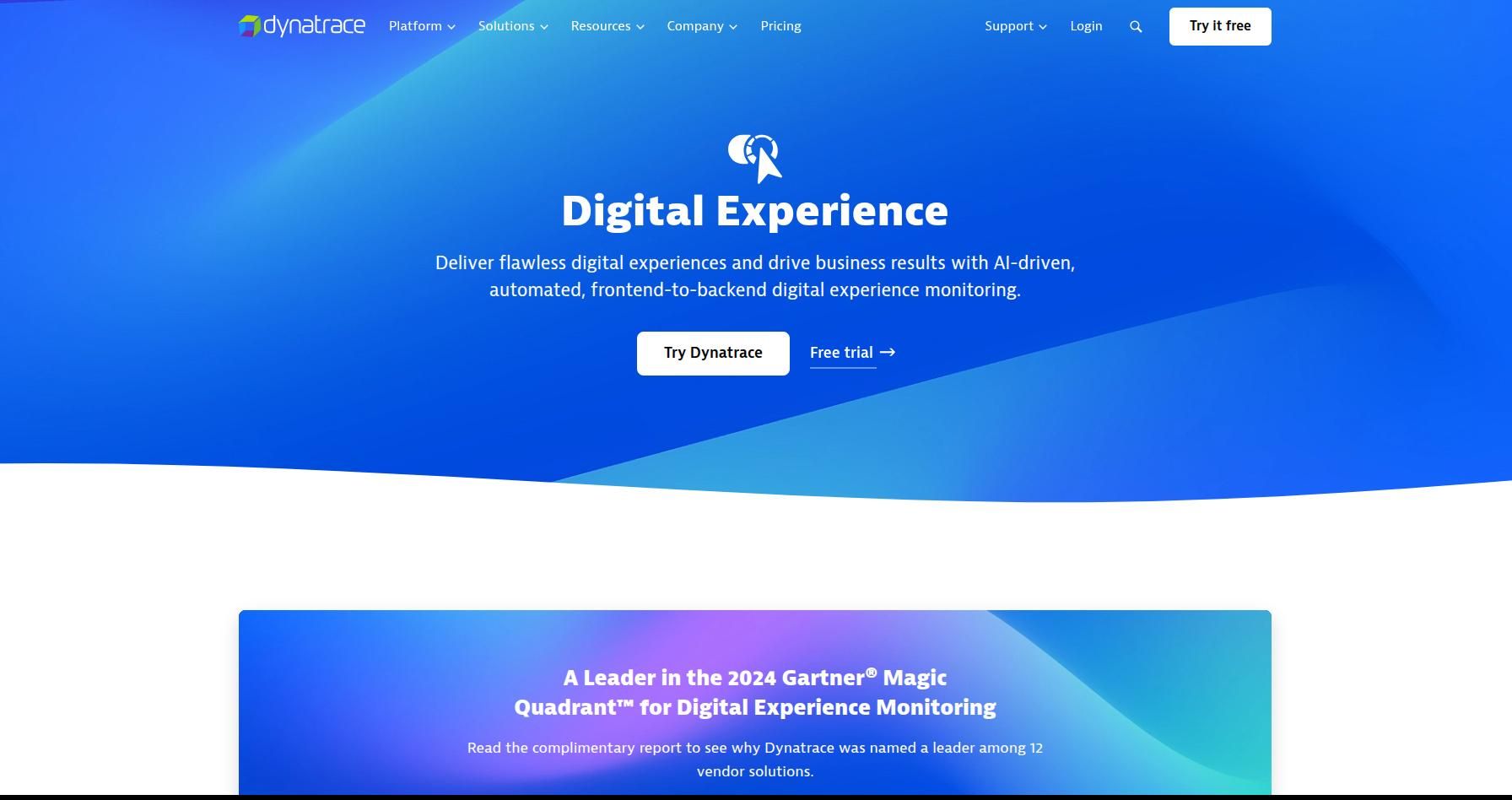
Dynatrace DEM uses AI to automatically detect PWA performance issues, from slow API responses to front-end bottlenecks. Its predictive AI can suggest optimizations, alert developers of anomalies, and provide root-cause analysis across distributed systems. Dynatrace DEM’s AI extends beyond detection by recommending specific front-end and back-end improvements based on historical data. It can simulate the impact of traffic spikes on PWA responsiveness and suggest infrastructure adjustments. Its automated root-cause analysis helps teams quickly isolate issues and maintain seamless performance for end users globally.
| Pros | Cons |
|---|---|
| End-to-end PWA performance monitoring | High cost for smaller teams |
| AI-powered anomaly detection | Complex initial setup |
| Predictive recommendations for optimizations | |
| Detailed root-cause analysis across components |
Conclusion
Optimizing Progressive Web Apps is essential to provide fast, reliable, and engaging user experiences. AI-powered tools like Lighthouse AI, SpeedCurve, Calibre AI, WebPageTest AI, and Dynatrace DEM automate monitoring, offer predictive insights, and provide actionable recommendations. By integrating these tools into the development workflow, teams can maintain peak performance, minimize downtime, and deliver smoother, faster PWAs without excessive manual tuning. AI ensures that modern web apps remain competitive, efficient, and user-friendly. Furthermore, these AI tools enable long-term performance tracking and continuous improvement. Teams can identify recurring patterns, assess the impact of new features, and plan iterative optimizations with confidence. This proactive approach ensures that PWAs remain high-performing and scalable, delivering a superior user experience regardless of traffic, device, or network variations.

